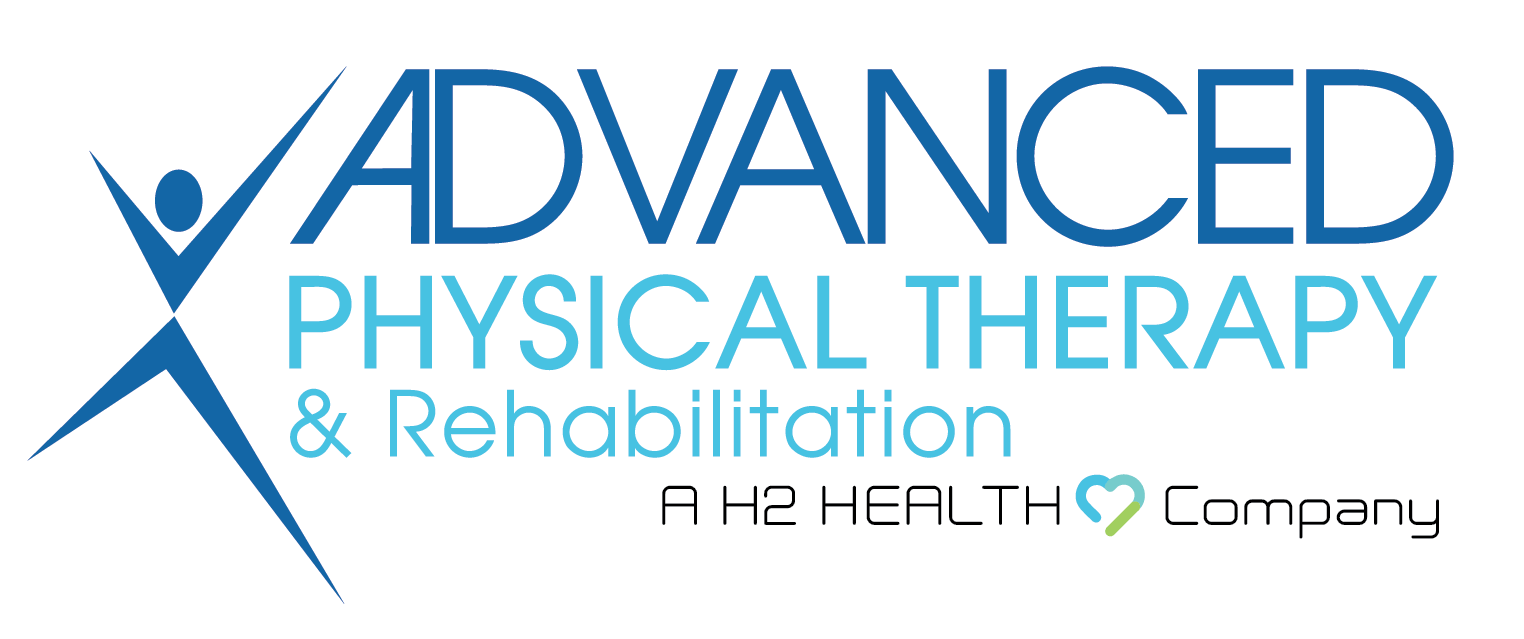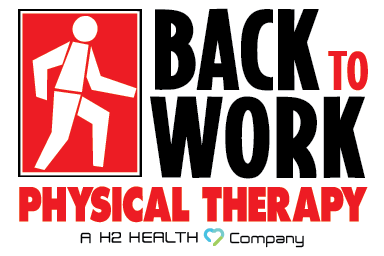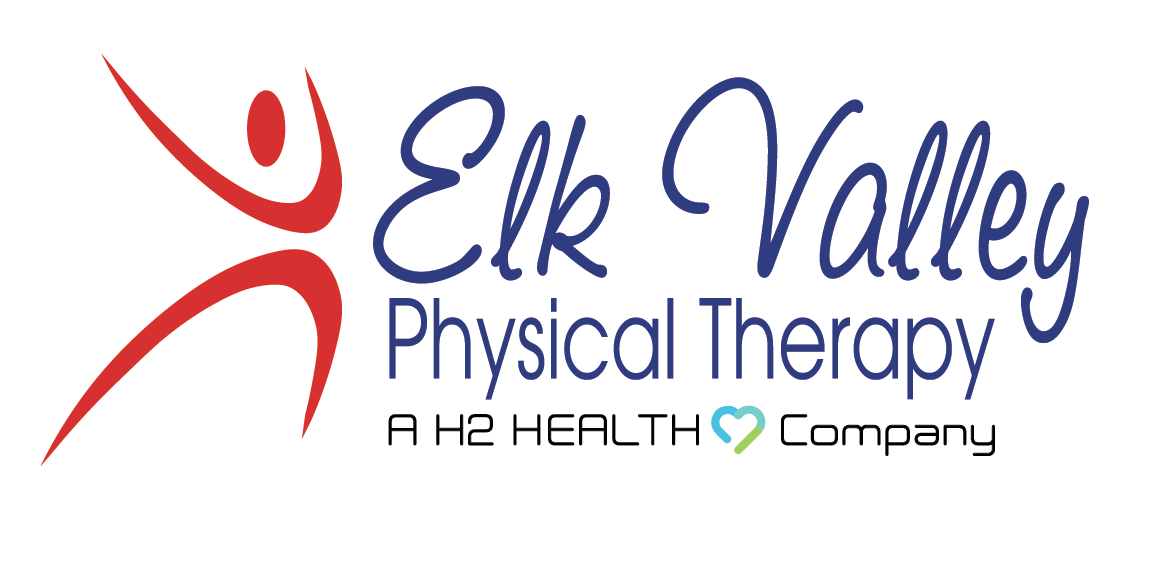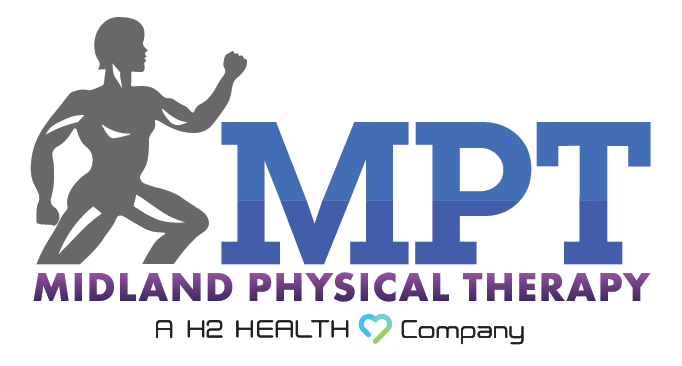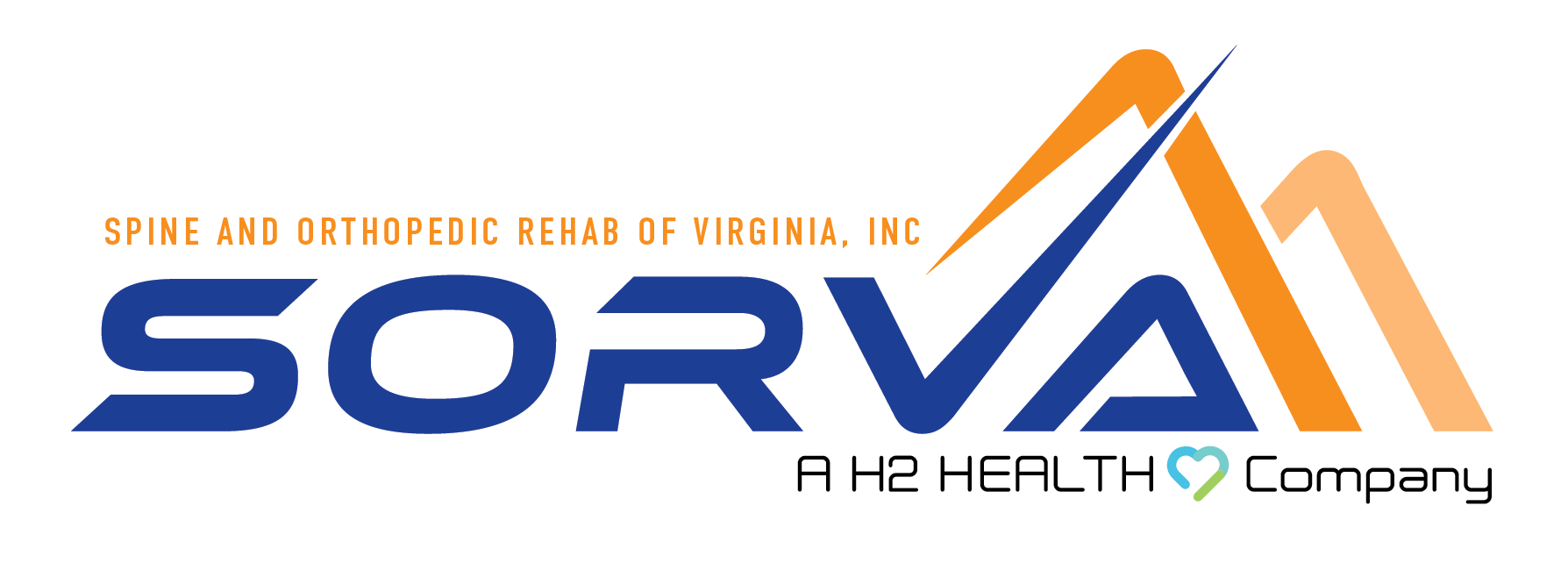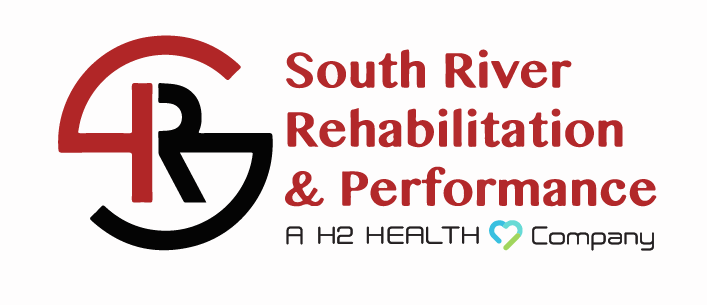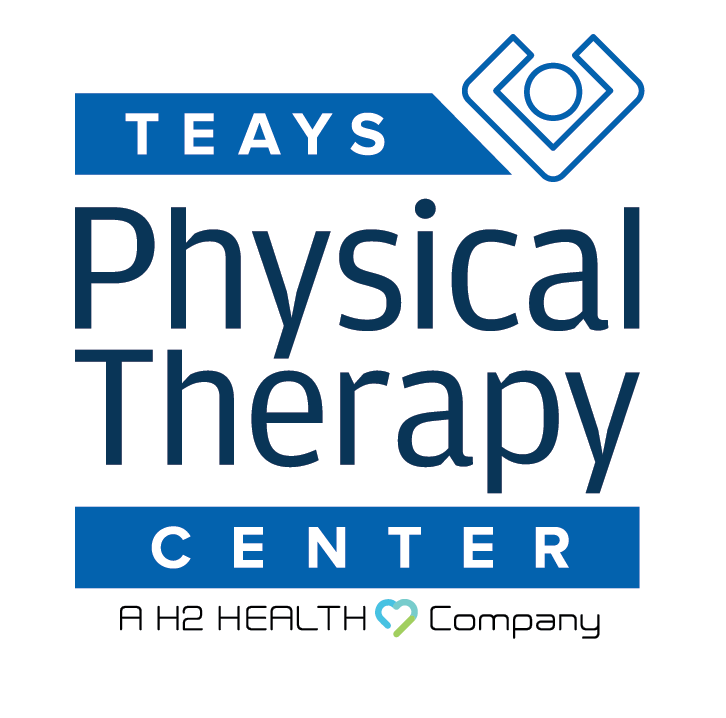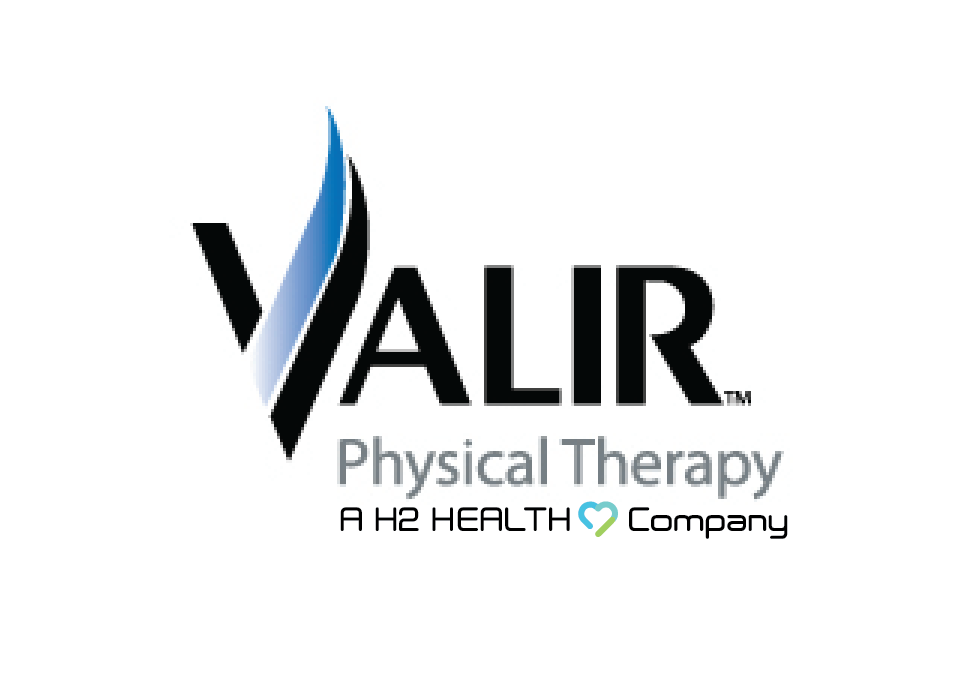
Surgery can be a stressful event in one’s life, but the recovery period can be just as challenging. Most individuals that undergo surgery require some form of post-operative therapy following procedures such as:
- Abdominal surgery
- Breast surgery
- Heart surgery (e.g., stent placement, ablation, and cardiac pacemaker placement)
- Joint replacement surgery, such as hip or knee replacement
- Spine surgery, including spinal fusion or discectomy
The road to recovery after surgery can be challenging, but working with a trained therapist can help make the process smoother and less stressful. Post-operative therapy can help individuals regain mobility, strength, and function in the affected area, as well as address pain and other symptoms.
The Goals, Techniques, and Benefits of Post-Operative Therapy
Overall, the goals of post-operative therapy are to aid in the healing of the injury or surgery site, restore pre-injury function, and ultimately improve the individual’s quality of life. By understanding what to expect from post-operative therapy, individuals can feel confident in their recovery and a return to normal activity.
The primary goal of post-operative therapy is to aid in the healing of the injured area or surgical site. The exercises and movements prescribed by the physical therapist are designed to help reduce pain, increase strength and flexibility, and restore full motion to the affected area. This will also help to reduce the risk of further injury or surgical complications. Rehabilitation therapy is also aimed to help individuals get back to their pre-operative level of function, allowing them to resume their daily activities with less restriction and pain.
Post-operative therapy can involve a variety of techniques, but the most common is exercises and stretches. These exercises are specifically tailored to the individual’s needs and can range from simple, gentle range-of-motion movements to more complex exercises focused on building strength and endurance. The therapist may also use modalities such as electrical stimulation, ultrasound, or ice/heat therapy to aid in the healing process. Manual therapies such as massage, stretching, and joint mobilization may also be included in the therapy program to help improve joint and tissue mobility.
At your first appointment, the physical therapist will evaluate your strength, range of motion, and overall functional ability. This assessment will help determine the appropriate therapy program for your individual needs and goals. During each session, the therapist will guide and monitor your progress closely, making necessary adjustments to the program, if needed. Therapy sessions can last anywhere from 30-60 minutes, depending on the individual’s needs and goals. Your therapist may also provide you with exercises to continue at home to help with recovery between sessions.
The duration of postoperative therapy is dependent on the type of surgery and the individual’s recovery timeline. The therapist will work closely with the individual and their healthcare team to determine when therapy can be safely discontinued. Generally, therapy can range from several weeks to several months (or more) depending on the complexity of the surgical procedure and rehabilitation goals.
Post-operative therapy is essential to ensure the best possible outcome after surgery. It can help individuals regain their strength and function, reduce pain associated with the injury or surgery, and improve mobility and flexibility. Post-operative therapy can also help individuals return to their daily activities more quickly and safely, reducing the risk of further injury or complications.
Post-Operative Therapy in Fleming Island, Florida
At H2 Health, physical therapy is our passion. That’s why we provide the highest quality services to our patients. Our expert team of therapists treat movement disorders with a thorough examination, a patient-specific treatment protocol, and conscientious follow-up based on two types of post-operative therapy:
- Passive therapies are those that stimulate your muscles, bones, and joints without you having to move them on your own. Offered to patients at home, in-hospital, or at our physical therapy outpatient clinic, passive therapies are aimed at reducing your pain and swelling and include such methods as:
- Thermotherapy
- Electrotherapy
- Massage therapy
- Dry needling
- Heat and cold therapy
- Ultrasound therapy
- Active therapies are exercises that specifically target the area where you underwent surgery. Your H2 Health therapists teaches you the proper form for these movements that are aimed at improving your range of motion, functionality, and flexibility, in addition to promoting your healing. Active therapies include:
- Stretching and strengthening exercises
- Range of motion exercises
- Muscle performance exercises
- Low-impact cardiovascular exercises
- Posture, balance, and coordination training
To learn more about our post-operative therapy services, visit one of our more than 135 H2 Health facilities across the United States. Or call our friendly staff at (800) 699-9395 to book a consultation. You can also use our convenient online request form to schedule your appointment. Either way, we look forward to helping you return to a healthy and active life.





